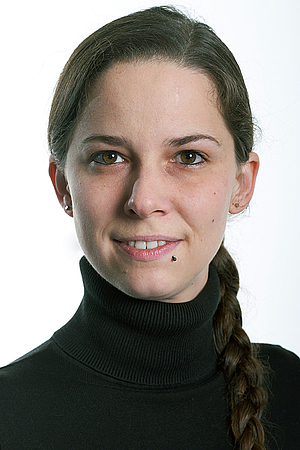Cited By
View all- Strachanski FPetrov DSchmidbauer TWendzel S(2024)A Comprehensive Pattern-based Overview of StegomalwareProceedings of the 19th International Conference on Availability, Reliability and Security10.1145/3664476.3670886(1-10)Online publication date: 30-Jul-2024
- Hölk KMazurczyk WZuppelli MCaviglione L(2024)Investigating HTTP Covert Channels Through Fuzz TestingProceedings of the 19th International Conference on Availability, Reliability and Security10.1145/3664476.3664493(1-9)Online publication date: 30-Jul-2024
- Knöchel MKarius SPérez-González FComesaña-Alfaro PKrätzer CVicky Zhao H(2024)Text Steganography Methods and their Influence in Malware: A Comprehensive Overview and EvaluationProceedings of the 2024 ACM Workshop on Information Hiding and Multimedia Security10.1145/3658664.3659637(113-124)Online publication date: 24-Jun-2024
- Show More Cited By



